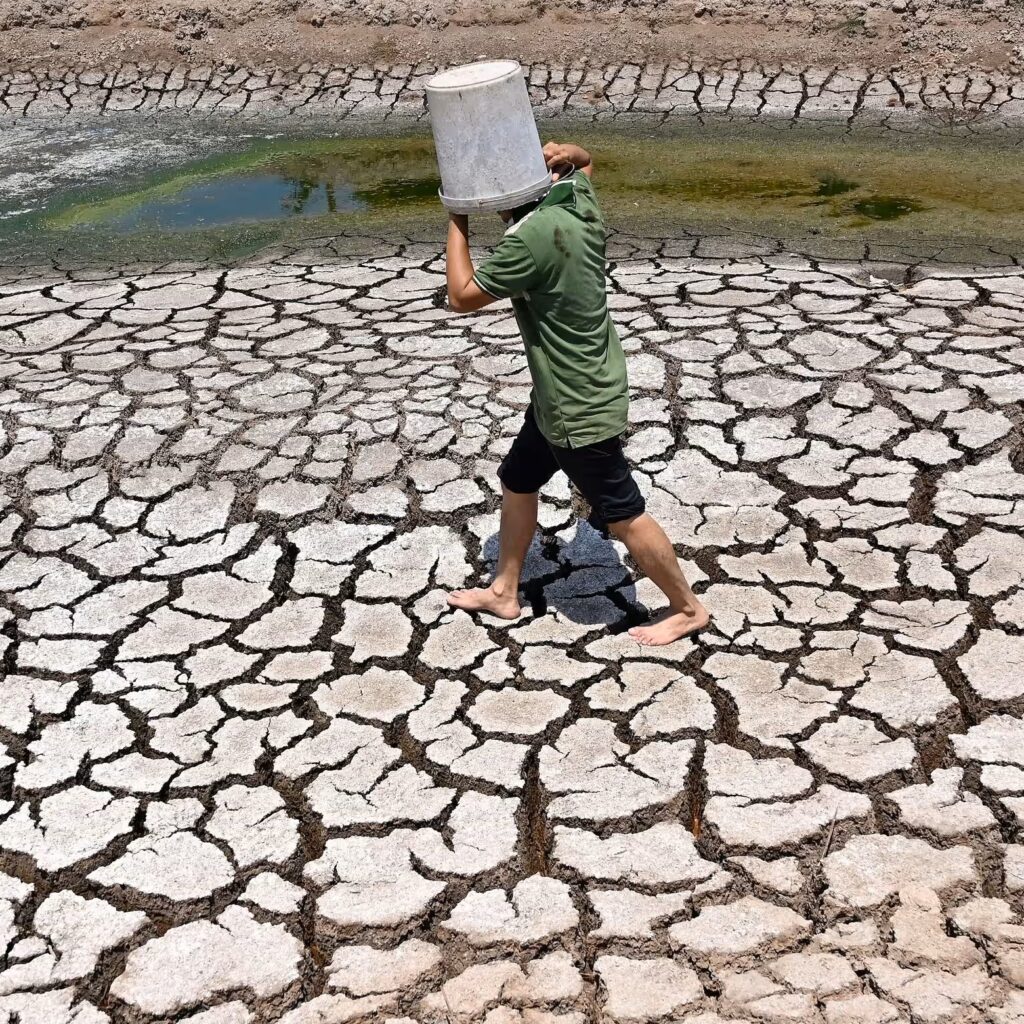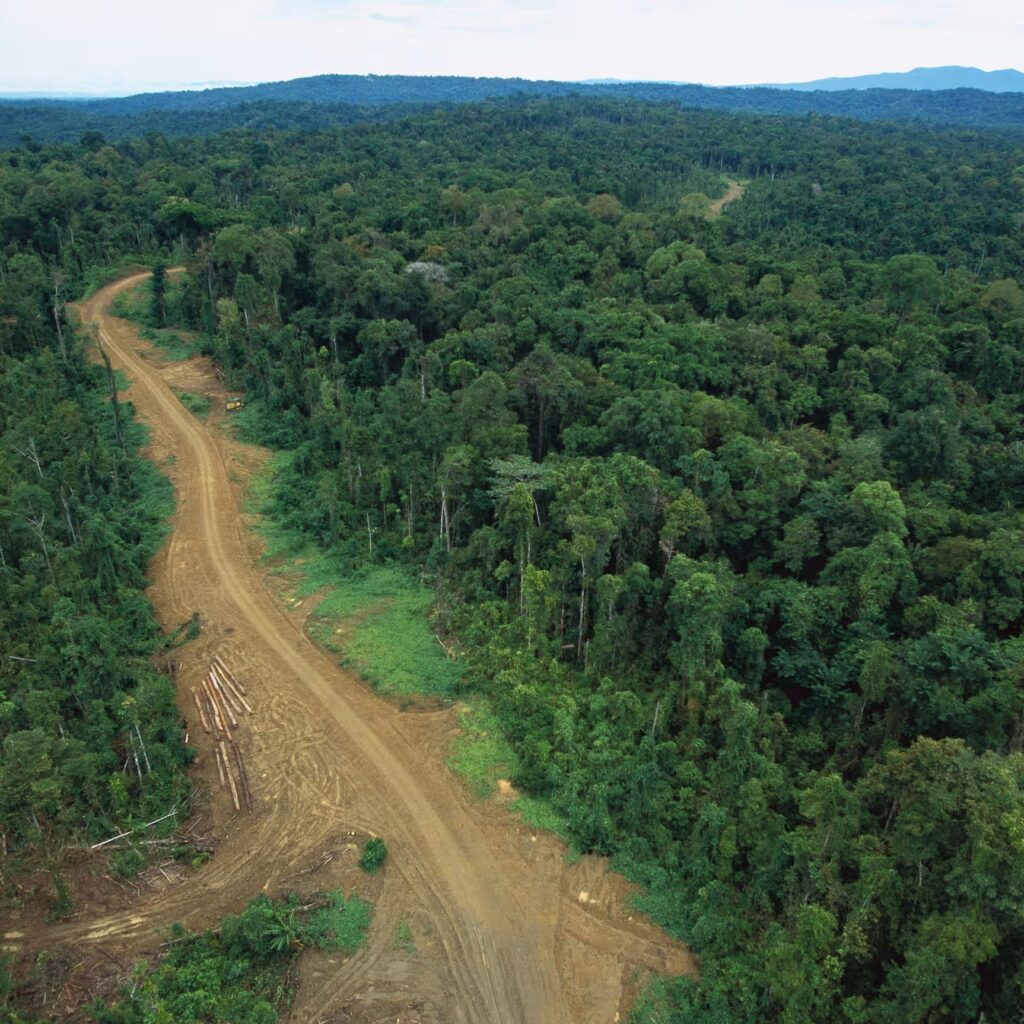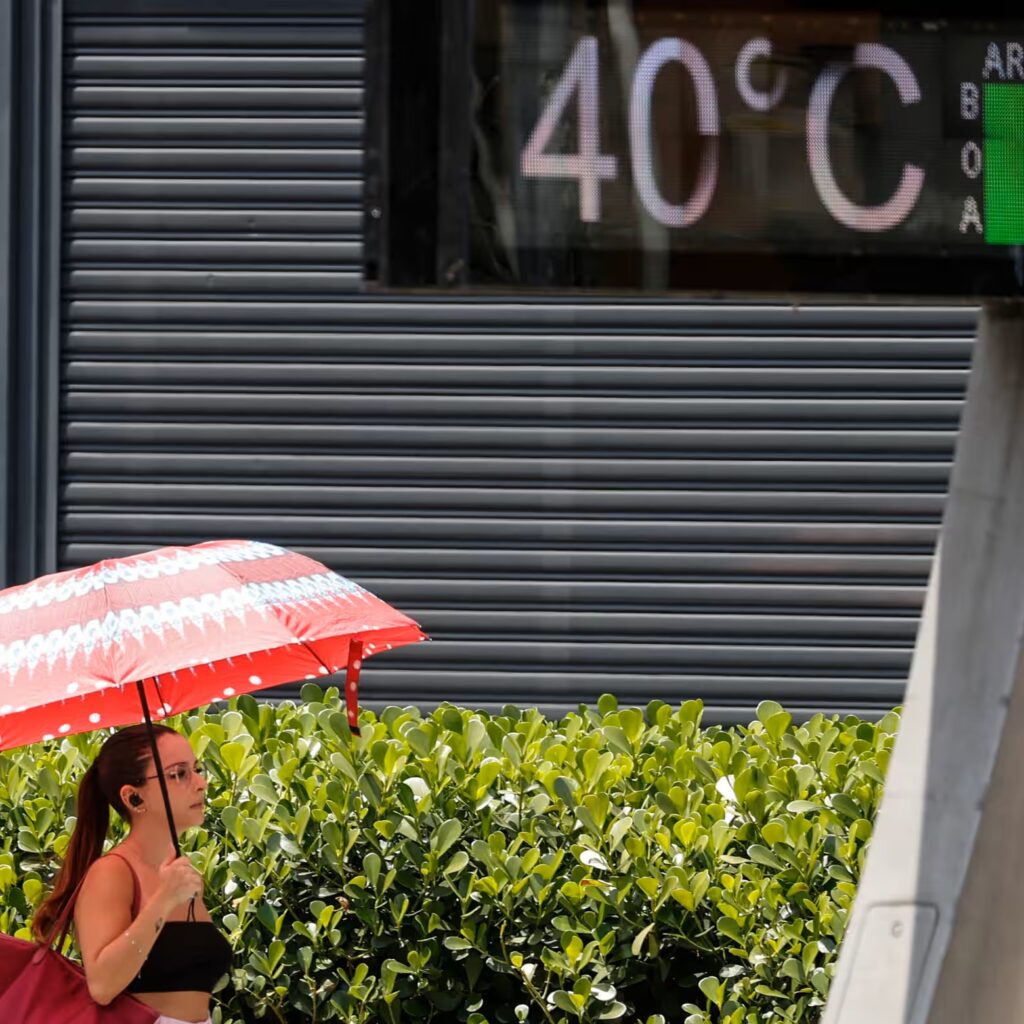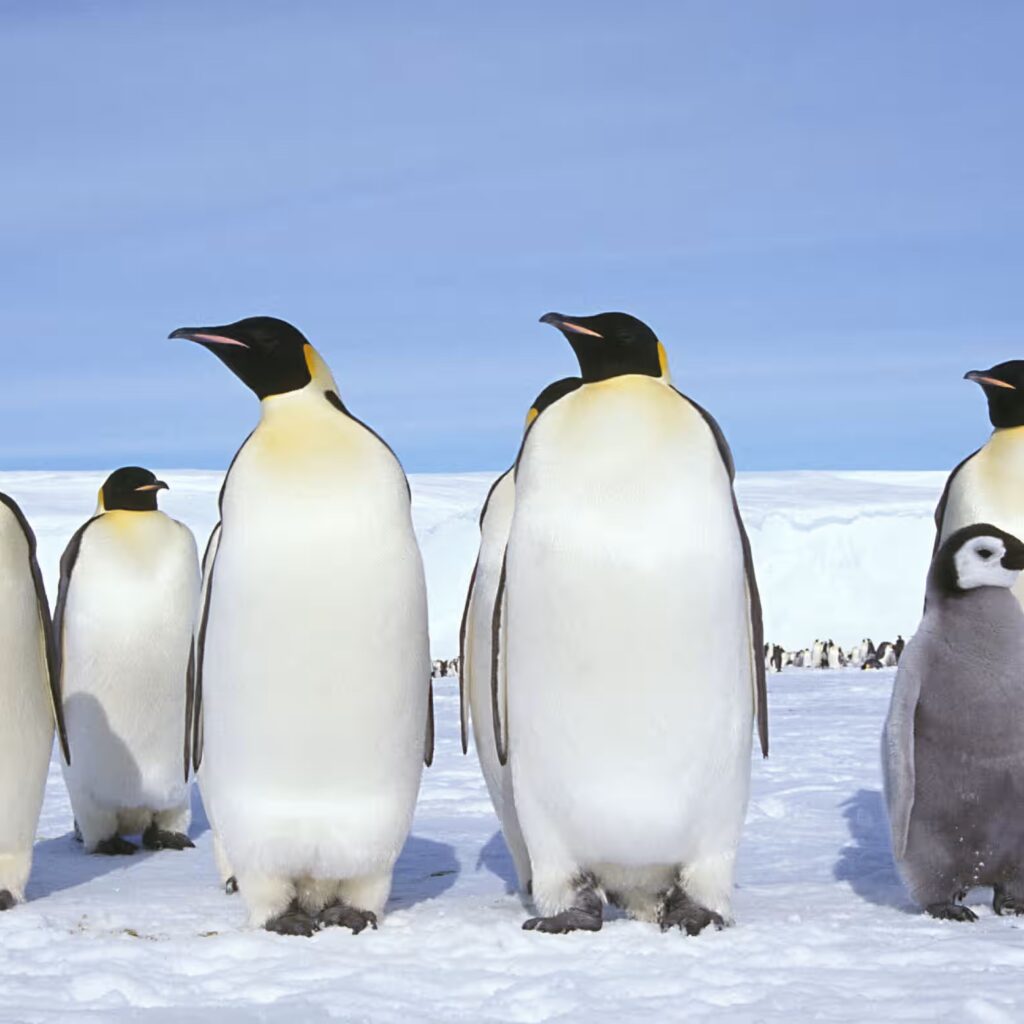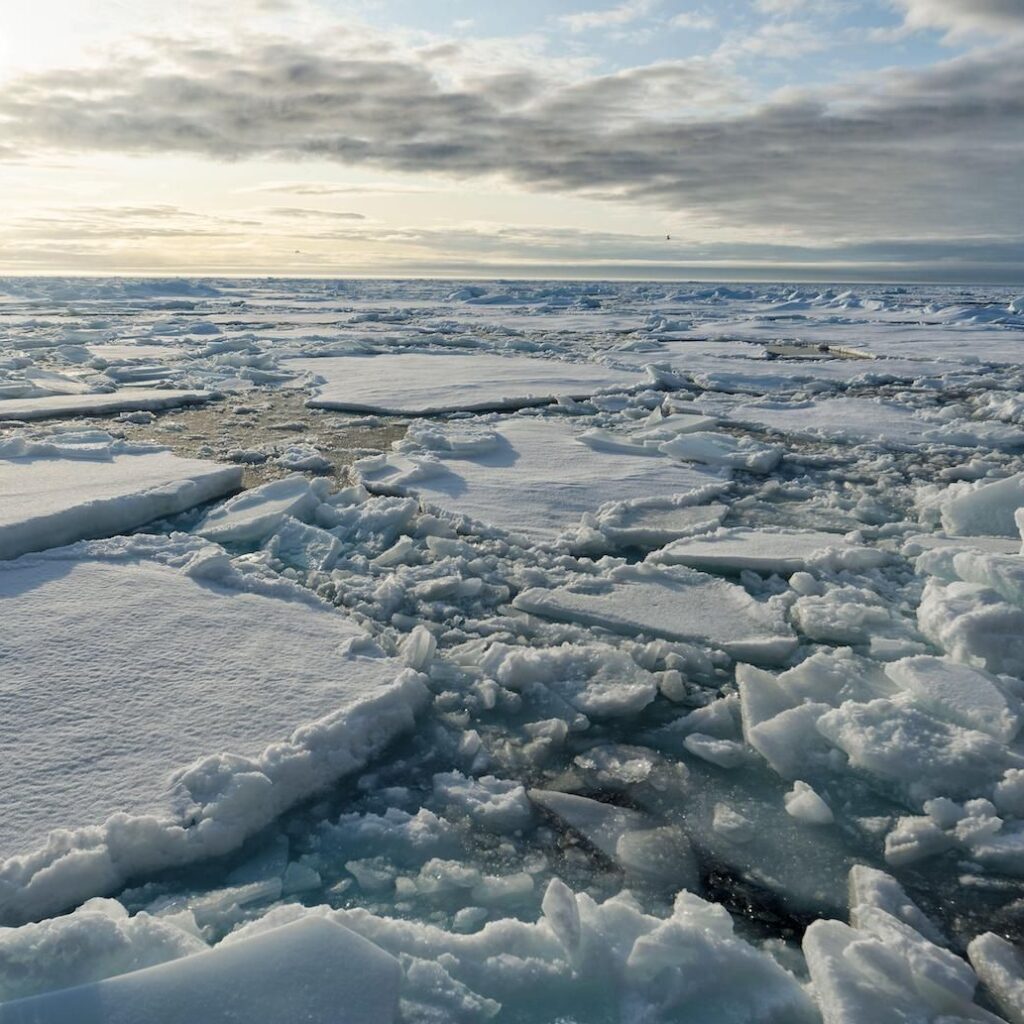
Governments of wealthy nations are being urged by civil society experts and economists to commit significantly more funds to overseas aid, specifically through the World Bank, to mitigate the worst impacts of the climate crisis. The International Development Association fund, a World Bank branch that provides loans and grants to poorer countries, currently holds approximately $93 billion (£75 billion).
However, economic experts suggest that this amount needs to be nearly tripled by 2030. This week, during the World Bank’s annual spring meetings in Washington DC, government representatives are expected to discuss new aid commitments. Both the World Bank and its global counterparts, along with the International Monetary Fund, face considerable pressure to demonstrate their capacity to lead the global shift towards a low-carbon economy. Read More
News Credit: The Guardian
Picture Credit: Shawn Thew/EPA



